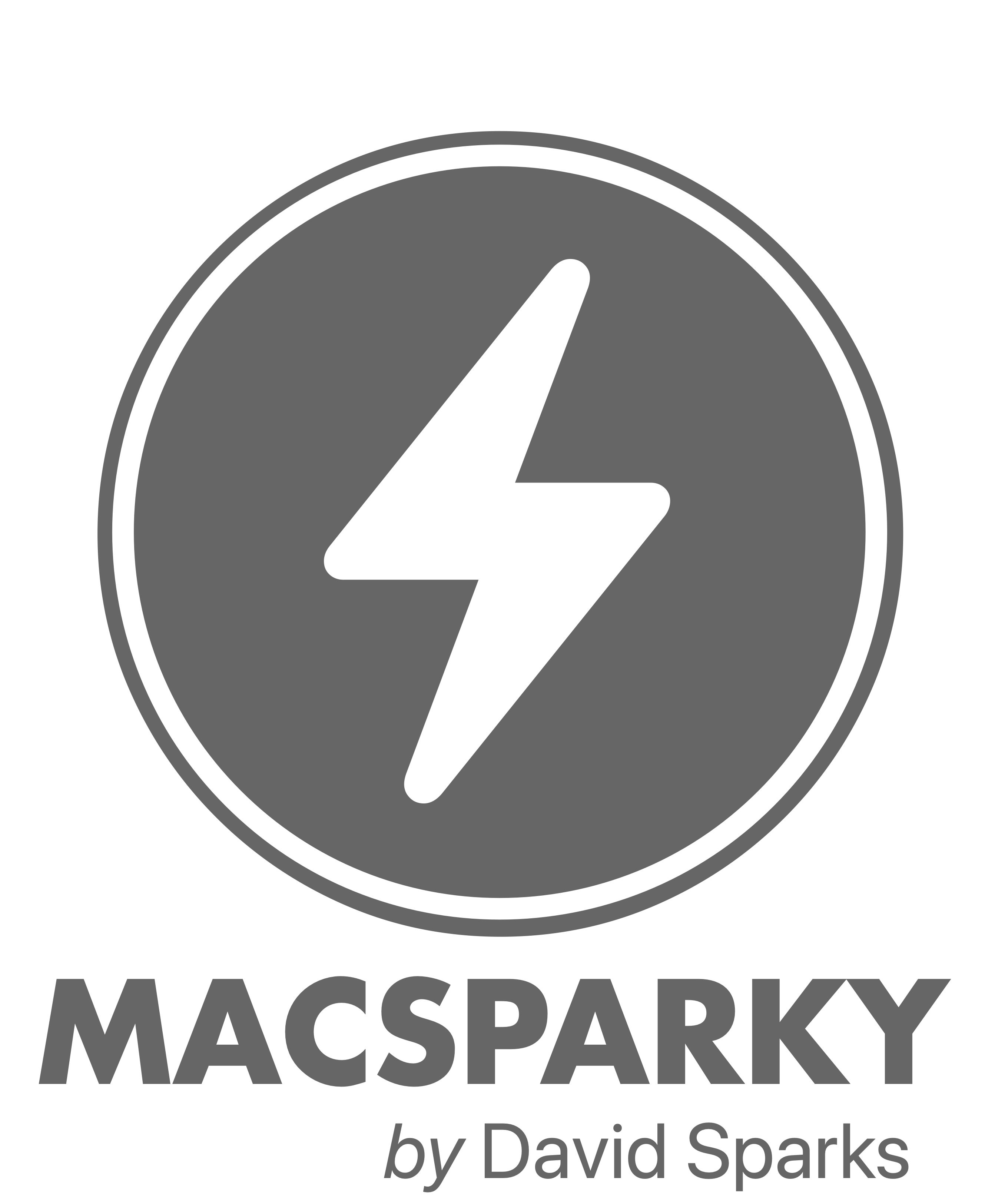Perhaps the single biggest obstacle to writing on a computer is distraction. Think about it. Back when you used a pencil and paper or a typewriter, those devices didn’t have the ability to instantly deliver mail to you, serve up a news feed, play games, check scores, or twitter your friends.
So the one thing our old technology had over the new stuff is that when we used them, we had no choice but to actually write. This is where WriteRoom comes in. Hog Bay Software’s WriteRoom is a word processor that excels at one thing, distraction free writing. When you start up WriteRoom and put it in to distraction free mode, your Mac magically turns into an Apple II. You see nothing but a black screen and green text. There is not tempting menu bar, Safari window, or anything else to distract you. Just the words and the screen.

There aren’t many features in WriteRoom and that is a selling point. This developer is not looking for users who buy software based on a “check the box” mentality. There is a limited amount of formatting available and that is about it. You are not going to find yourself tweaking the page settings, setting margins, and getting your fonts “just right.” You are, once again, confronted with words on a black screen. I found this liberating. It reminded me of how I sometimes need the TV off before explaining something to my children. It just brings an instant focus.
While the application is sparse on features, it is well thought out. For instance, it advances the screen at the middle allowing you to see the text below and not forcing you to always stare at the bottom. What little interaction there is with the screen is hidden. If you put your mouse on the top of the screen, you can see the menu bar. On the bottom, you see a word count and on the right is a scrollbar. Even the cursor is old school with the block in lieu of the blinking line that all modern word processors use.
In the settings you can change the system font and even turn on opacity for the background but that seems to defeat the point. If you are going to use WriteRoom, keep it sparse and get something done.

Under Tiger, WriteRoom has a plug-in that allows you to integrate with other applications. For instance, you can write and edit your mail messages in WriteRoom for sending in Apple Mail. The plug-in, however, doesn’t work in Leopard. Instead, the developer made their own, open source, separate application that allows you to open text in an external editor such as WriteRoom. The application, QuickCursor, is activated through a menu bar icon and this isn’t as convenient as a plug-in. On my MacBook Air, the menu bar icon doesn’t even show when I run Mail because of limited menu bar space.

As a word processor, WriteRoom is snappy and does not get in your way. I’ve been using it nearly exclusively for 3 weeks and not had any bugs, crashes, or problems with it. WriteRoom is a one trick pony but boy does it do that trick well. The question is whether it is worth the $25 license fee. I think that depends on the user. If your primary goal is distraction free writing above all else, WriteRoom is the answer. Likewise if you have another word processor like Pages or Word and you want something to write the rough text in, it just may work. The $40 Scrivener gives you a lot more features and a no-distraction mode for just $15 more. It is, however, more complex than WriteRoom and some people don’t like that. If I had to choose just one, it would be Scrivener. However, when you consider that you can buy both Scrivener and WriteRoom for a fraction of the price of Microsoft Word, you may find you want both applications. If the developer can get the Tiger plug-in working in Leopard, it would be a much easier decision. Regardless, for distraction free writing, WriteRoom has no equal. You can download a trial copy of WriteRoom from www.hogbaysoftware.com.
You can listen to this review on the MacReviewCast episode #190.
Continue reading →
















